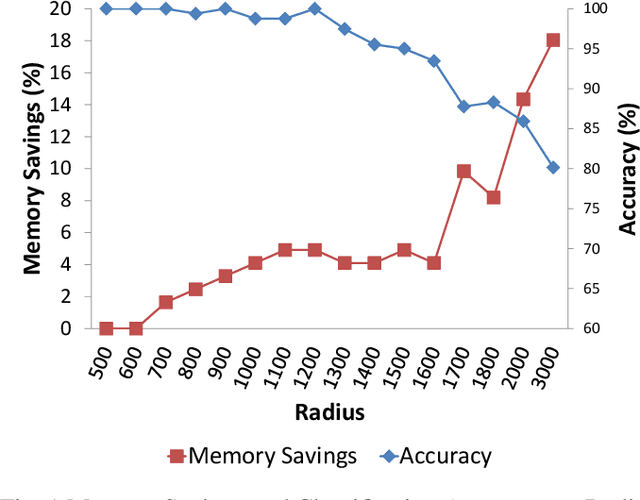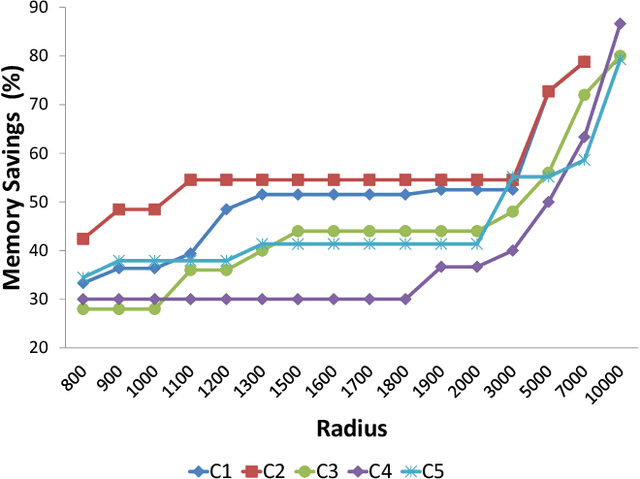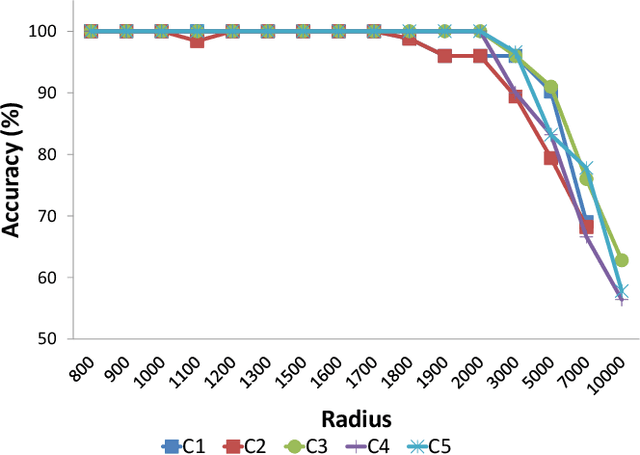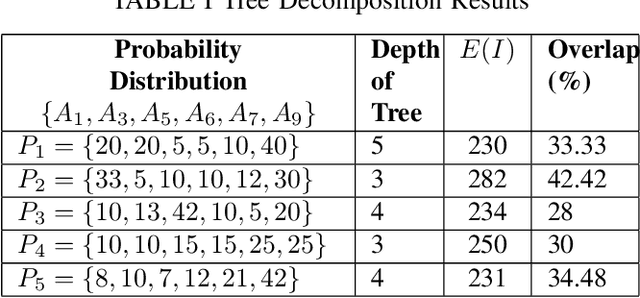Zhila Esna Ashari
Personality Assessment from Text for Machine Commonsense Reasoning
Apr 15, 2020



Abstract:This article presents PerSense, a framework to estimate human personality traits based on expressed texts and to use them for commonsense reasoning analysis. The personality assessment approaches include an aggregated Probability Density Functions (PDF), and Machine Learning (ML) models. Our goal is to demonstrate the feasibility of using machine learning algorithms on personality trait data to predict humans' responses to open-ended commonsense questions. We assess the performance of the PerSense algorithms for personality assessment by conducting an experiment focused on Neuroticism, an important personality trait crucial in mental health analysis and suicide prevention by collecting data from a diverse population with different Neuroticism scores. Our analysis shows that the algorithms achieve comparable results to the ground truth data. Specifically, the PDF approach achieves 97% accuracy when the confidence factor, the logarithmic ratio of the first to the second guess probability, is greater than 3. Additionally, ML approach obtains its highest accuracy, 82.2%, with a multilayer Perceptron classifier. To assess the feasibility of commonsense reasoning analysis, we train ML algorithms to predict responses to commonsense questions. Our analysis of data collected with 300 participants demonstrate that PerSense predicts answers to commonsense questions with 82.3% accuracy using a Random Forest classifier.
Mindful Active Learning
Jul 28, 2019



Abstract:We propose a novel active learning framework for activity recognition using wearable sensors. Our work is unique in that it takes physical and cognitive limitations of the oracle into account when selecting sensor data to be annotated by the oracle. Our approach is inspired by human-beings' limited capacity to respond to external stimulus such as responding to a prompt on their mobile devices. This capacity constraint is manifested not only in the number of queries that a person can respond to in a given time-frame but also in the lag between the time that a query is made and when it is responded to. We introduce the notion of mindful active learning and propose a computational framework, called EMMA, to maximize the active learning performance taking informativeness of sensor data, query budget, and human memory into account. We formulate this optimization problem, propose an approach to model memory retention, discuss complexity of the problem, and propose a greedy heuristic to solve the problem. We demonstrate the effectiveness of our approach on three publicly available datasets and by simulating oracles with various memory strengths. We show that the activity recognition accuracy ranges from 21% to 97% depending on memory strength, query budget, and difficulty of the machine learning task. Our results also indicate that EMMA achieves an accuracy level that is, on average, 13.5% higher than the case when only informativeness of the sensor data is considered for active learning. Additionally, we show that the performance of our approach is at most 20% less than experimental upper-bound and up to 80% higher than experimental lower-bound. We observe that mindful active learning is most beneficial when query budget is small and/or oracle's memory is weak, thus emphasizing contributions of our work in human-centered mobile health settings and for elderly with cognitive impairments.
Resource-Efficient Computing in Wearable Systems
Jul 07, 2019



Abstract:We propose two optimization techniques to minimize memory usage and computation while meeting system timing constraints for real-time classification in wearable systems. Our method derives a hierarchical classifier structure for Support Vector Machine (SVM) in order to reduce the amount of computations, based on the probability distribution of output classes occurrences. Also, we propose a memory optimization technique based on SVM parameters, which results in storing fewer support vectors and as a result requiring less memory. To demonstrate the efficiency of our proposed techniques, we performed an activity recognition experiment and were able to save up to 35% and 56% in memory storage when classifying 14 and 6 different activities, respectively. In addition, we demonstrated that there is a trade-off between accuracy of classification and memory savings, which can be controlled based on application requirements.
 Add to Chrome
Add to Chrome Add to Firefox
Add to Firefox Add to Edge
Add to Edge